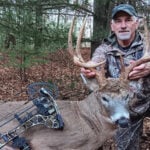As long as photos have existed, they have always been a cherished means of reflection. As a snapshot into a fleeting moment of history that trickles further into the past with every second, photos allow a window from which to relive days gone by. Every photo cleverly illustrates the subtle differences ushered in by changing times.
For many hunters, our love for photos initially began during quiet afternoons spent with our fathers or grandfathers, pouring over aging photo albums of hunting pictures of yesteryear. Through these photos, we catch a glimpse of our heritage, and where we as hunters have grown from.
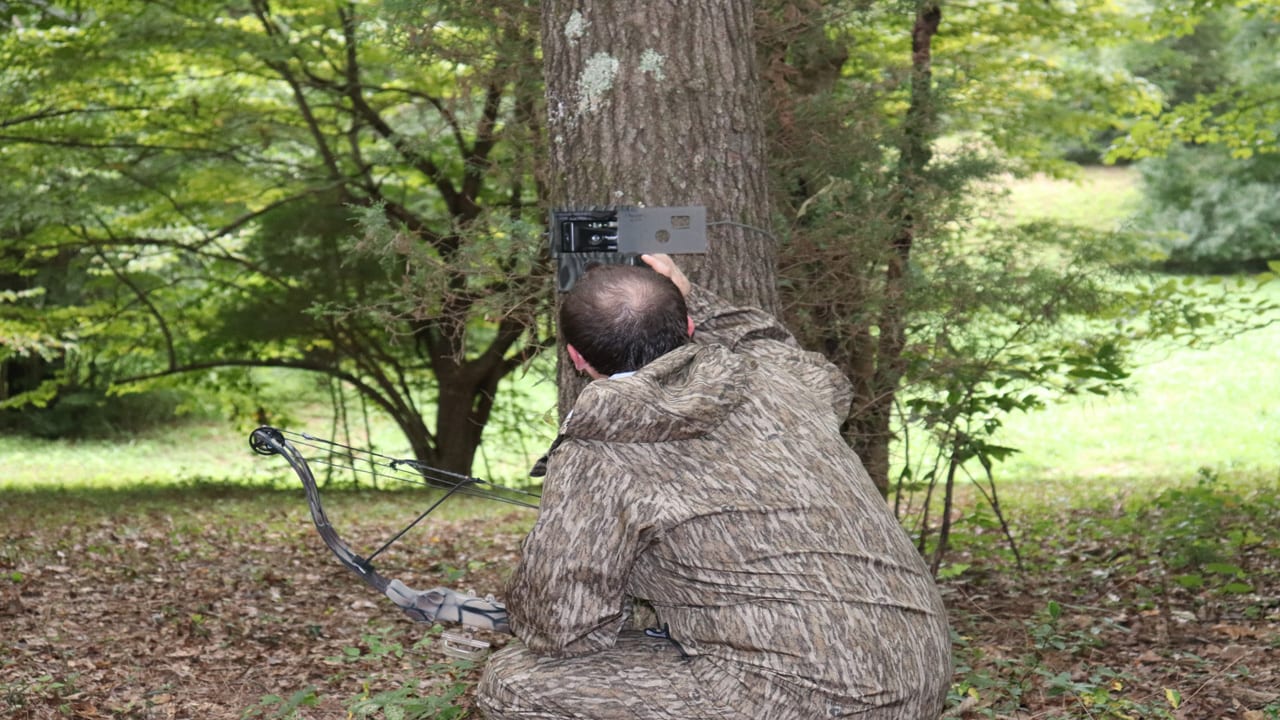
In the 80’s and 90’s, checking trail cameras typically meant waiting as your film was developed, in order to see what the images revealed.
Hunting is a rapidly changing endeavor. The principles and overall objectives are still the same, though the means to an end has taken on differing forms as the years have sailed by. In years past, some of the greatest advancements came in the form of improved clothing that would allow us to sit on stand longer in frigid fall temperatures. This has now given way to an age characterized by a space race of sorts, regarding which cellular camera has the highest quality photo transmission, getting the most bang for your buck when purchasing an ozone generator, and firing arrows through a chronograph to determine which bow yields the highest speeds over 300 FPS.
We as hunters have undoubtedly been the benefactor of vast technological gains in hunting gear over the past 30 years. Have you taken a recent glance through the latest hunting catalog or your favorite sporting goods store? Now dig up a copy of a hunting catalog from even ten years before. The significant changes are undeniable and wide sweeping. What follows is a list of some of hunting gear technologies greatest gains in the last 30 years.
Trail Cameras
Unless you have been living under a rock since the 1980’s, or otherwise are relatively new to hunting, you have witnessed the explosive growth of the trail camera industry from its meager beginnings, into what it has become today. During the days of some of TrailTimer’s earliest 35mm scouting cameras, the thought of society’s dependency upon pocket size cellular phones would have been unfathomable; let alone a trail camera unit that would relay photos directly to them. Few things have advanced within the hunting industry at such a rapid rate as trail cameras.
The trail cameras that we rely so heavily on today, initially formed out of relatively humble beginnings as units that timed game movement across a designated trail by way of a digital timer. The next natural thought progression was how helpful it would be to have a photo of deer as they set off the timer. From this thought process trail cameras were born. The last 30 years has seen these bulky 35mm units shrink substantially in size as digital units became the industry standard. In recent years the advent of the cellular trail camera has revolutionized the way that hunters scout.
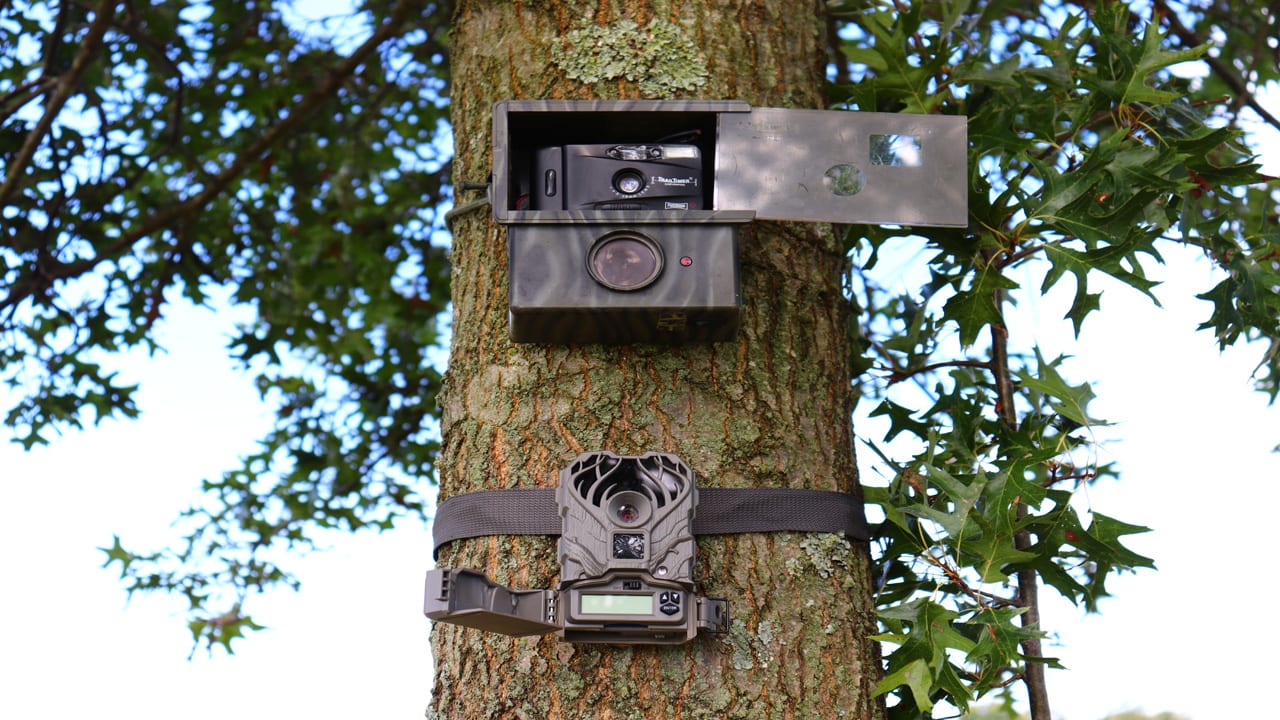
Trail camera technology has improved exponentially in recent years. 35mm prints have given way to digital images, accessible in seconds.
Treestands
Few younger hunters today know how fortunate they are for the vast improvements that have come about in the treestand industry in the last 30 years. If you have never had the honor of unexpectedly riding an early climbing stand down a tree at a breakneck pace, or watched from twenty feet as the bottom portion of your climber hit the ground below you, thank a treestand engineer. Even more nerve wracking, was the fact that this was a time prior to any of the safety harness technology of today.
Many hunters’ first treestands consisted of little more than a wooden platform nailed into a tree to provide a perch from which to sit. When production stands, such as the Baker climbing stand and others of similar design came onto the market, they were pioneers of the industry in their own right. However, many advancements in safety and reliability have been made in the years going forward since those initial stands. Today’s advancements have given rise to a near endless array of lock-on, ladder, and lightweight climbing stands to choose from.
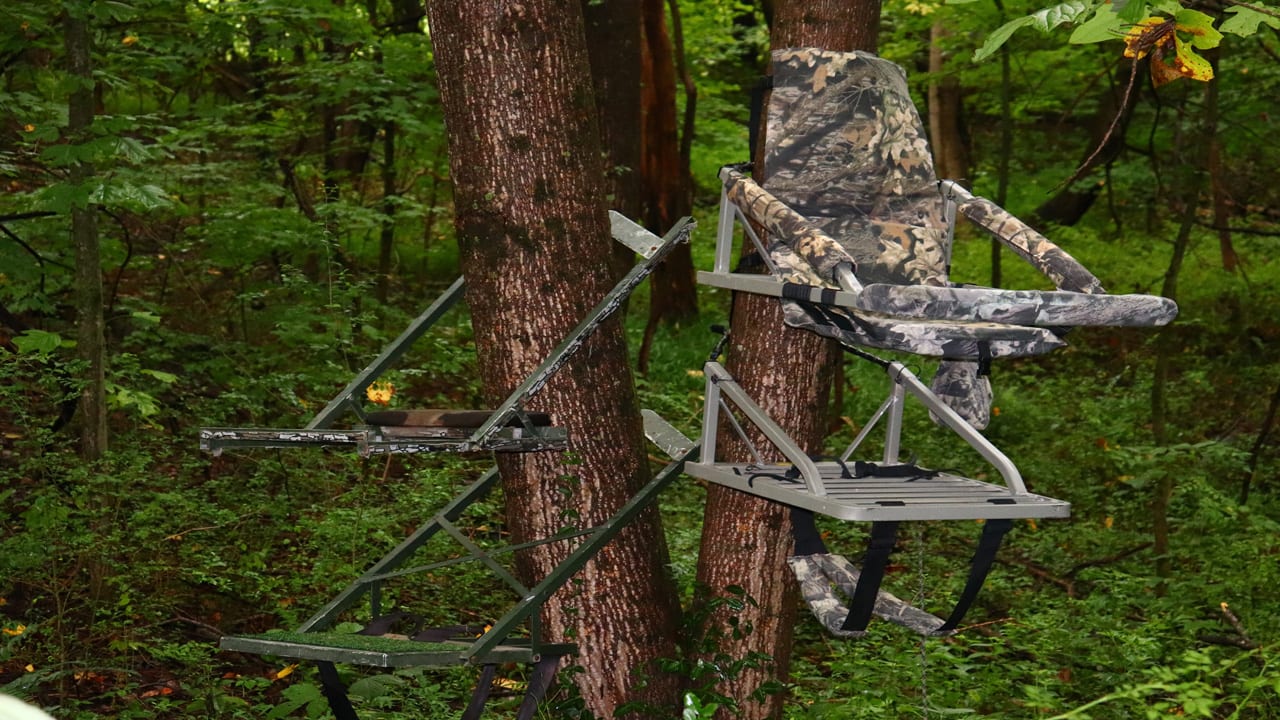
Treestands have not only achieved greater levels of comfort, but safety as well.
Camouflage
An individual does not have to look back very far to remember a time when flannel shirts and military surplus camo were normal hunting attire. In the 1980’s, the notion of hunting concealment was forever turned on its head. With the release of Jim Crumley’s Trebark Camo in 1980 and the 1986 release of both Bill Jordan’s Realtree and Toxey Haas’ Mossy Oak, the hunting camouflage industry was born.
Today, many new companies have entered the market and camouflage offerings are vast in nature. Differing patterns are offered for varying times of year and patterns have been created to suit the needs of those hunting in a wide array of terrain features.
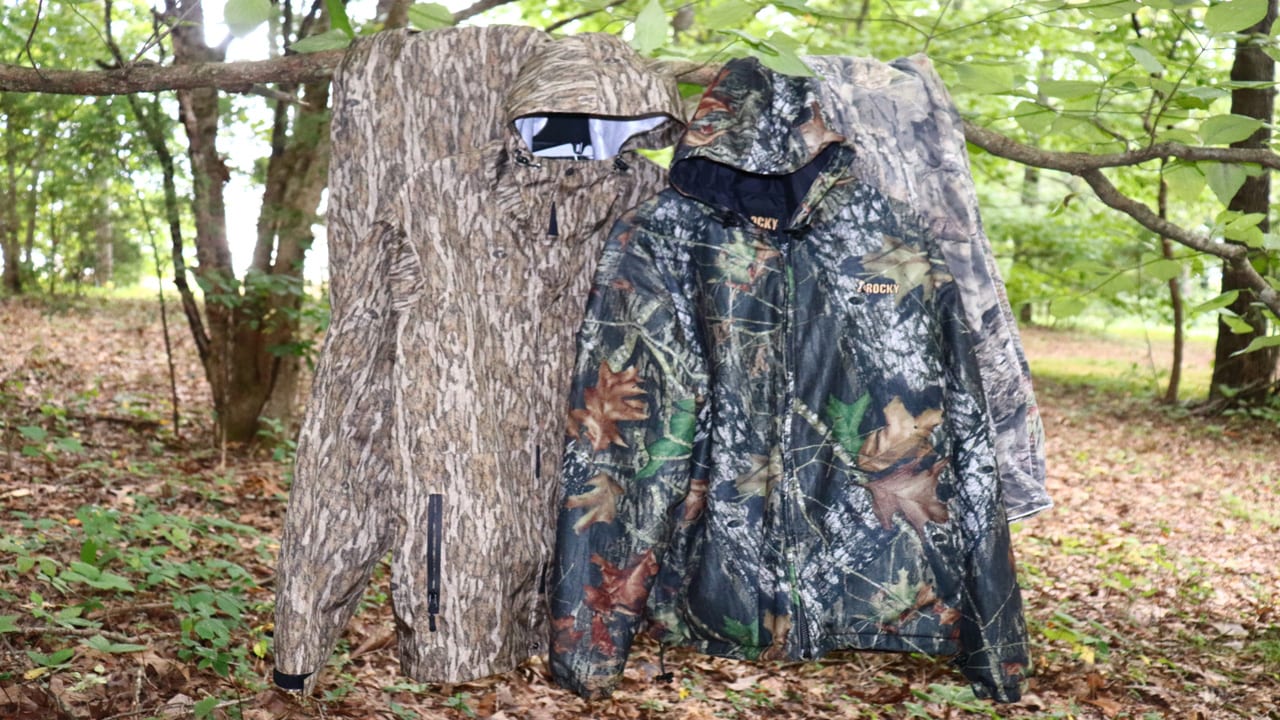
As decades have passed, camo has taken on a level of realism that was unimaginable at one time.
Rangefinders
For today’s bowhunter, outside of a bow and quiver, few items are packed along to the woods in such a steadfast manner as a rangefinder. This is in part due to their compact and portable nature. However, this was not always a quality that was attributed to rangefinders.
Rangefinders produced by companies such as Ranging, were often quite sizeable in relation to modern day units. Additionally, many of these older units required hand calibration and manual focusing, making the point and click protocol of today unfathomable. Trajectory or elevation compensation also did not exist with the majority of these older units.
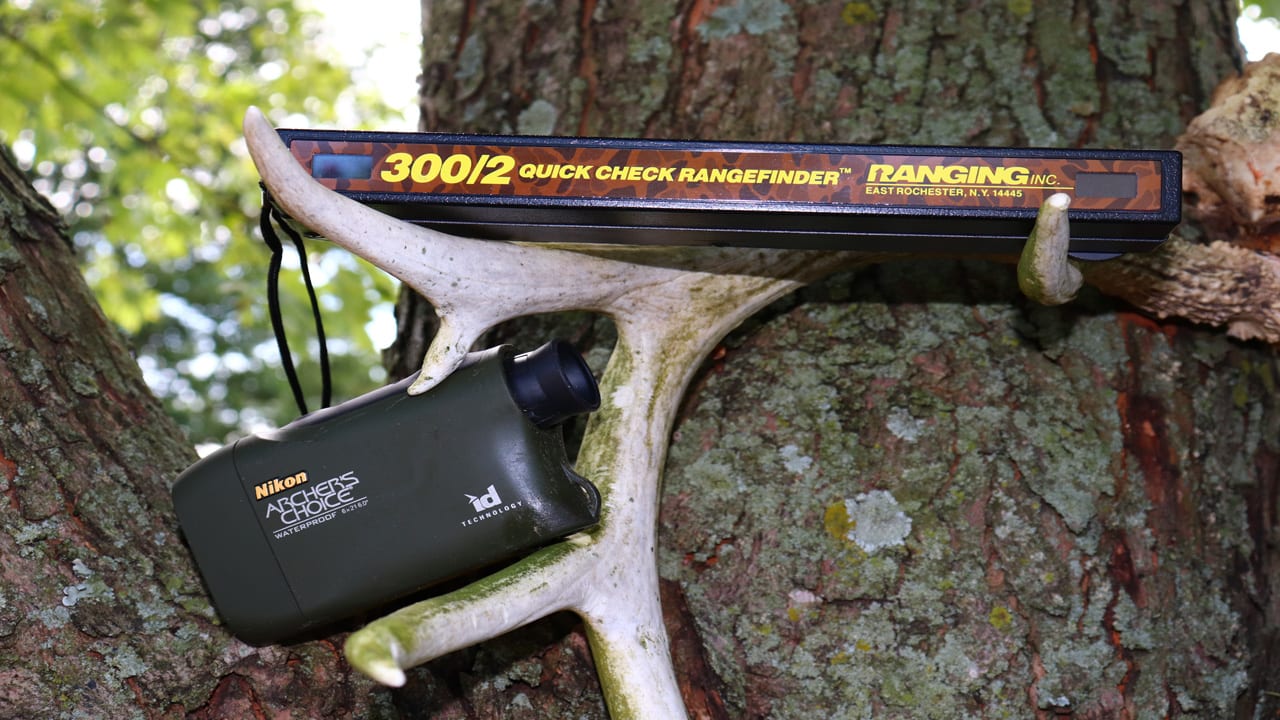
Rangefinders grow continually more compact and practical with each passing year.
Compound Bows
Very little observation is needed in order to discern between a bow from the 1980’s or 90’s versus those of today. With vertical limbs, aggressive cams, and various vibration dampening devices, today’s bows would likely incite much confusion if we had the ability to send one back to 1985. Today’s bows are lighter, faster, and feature a higher percentage of let off than one could have ever imagined in the not so distant past.
A brief glance at bow data from the 1980’s reveals just how far we have come. In a day and age when average speeds ran in the high 100’s- low 200’s FPS, the thought of compound bows routinely rated in the mid 350’s FPS would have seemed like science fiction. However, each year that passed, successive gains in compound bow technology were made.
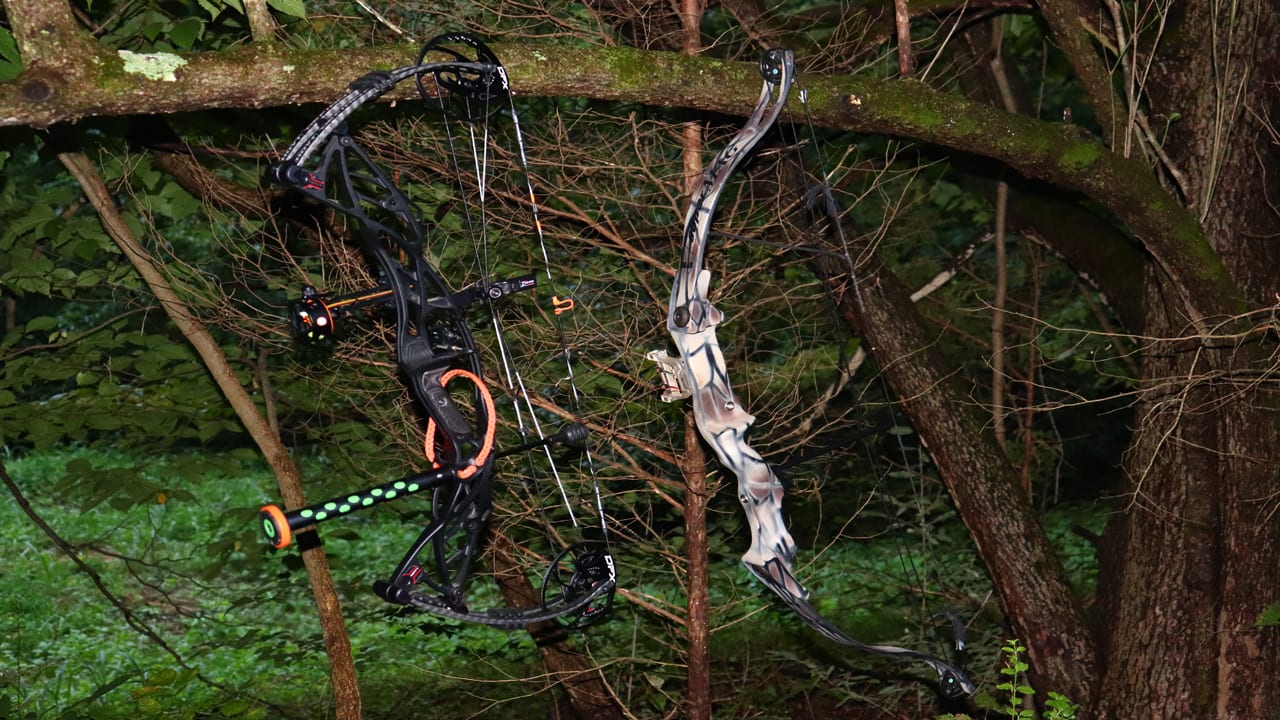
Great strides in compound bow technology have been made as the years have passed. What was the first bow that you took to the woods?
Broadheads
Few bowhunters from the 1980’s could have imagined the extreme changes and variations that the broadhead industry would see in the coming years. Sure, every time period since the inception of the manufactured broadhead era has seen their share of off the wall broadhead designs. But, in a time when the majority of broadheads on the market were of somewhat similar fixed blade construction, the wide array of broadheads that we have today would have been unforeseeable.
Today’s broadheads come in a nearly endless array of sizes, constructions, and cutting diameters. The time period, since the 1980’s, has seen endless variations take place in the fixed blade market, all the while, mechanical broadheads have gained traction and become the preferred style of head for many.
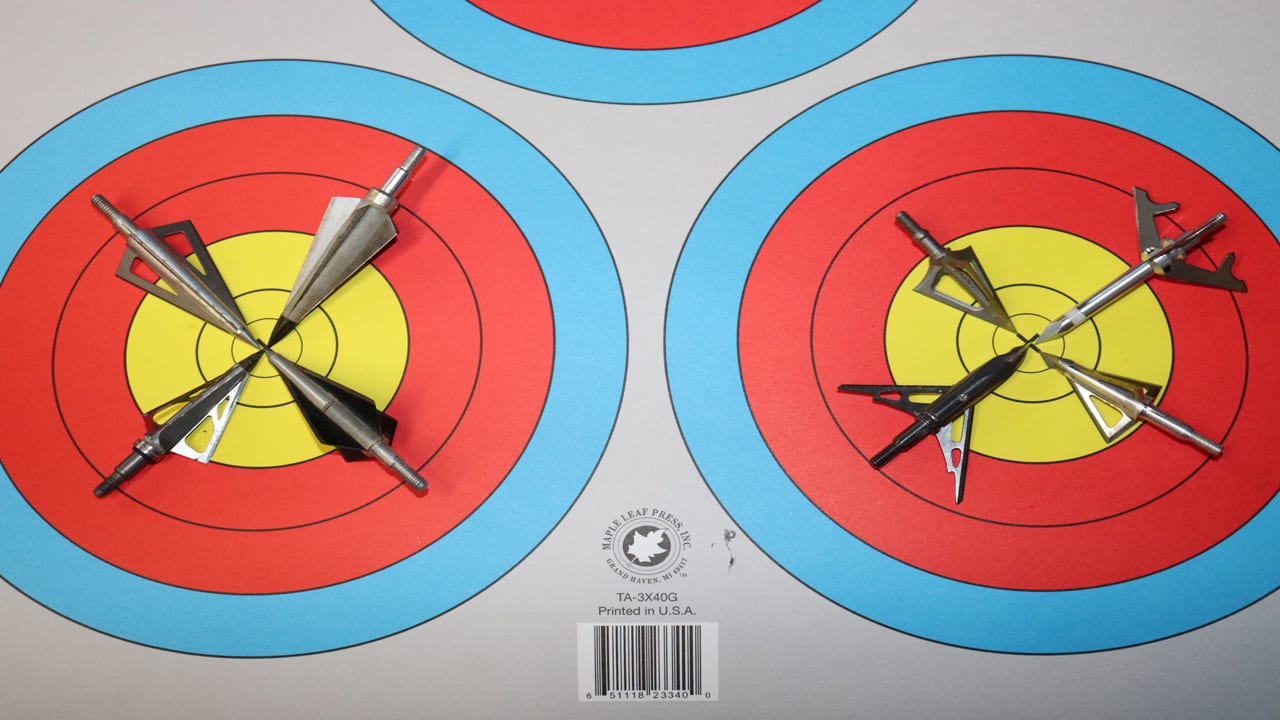
How has your choice of broadheads changed as the years have gone by?
Hunting Gear and the Changing Times
The endless advancements that have taken place within hunting in the last 30 years have forever shaped the landscape of the activity we are so passionate about. This poses a question in the minds of many. Has it all been for the good? Were we better for the simpler times experienced by our fathers? No matter the answer to that question, in truth, you can not stop time, and change is inevitable. As hunters, we continue to grow with these changes while enjoying and passing down our hunting heritage that is ingrained so deeply within us.
We want to hear from you. Comment below and let us know about some of the first hunting gear you carried to the woods.

 By
By 

